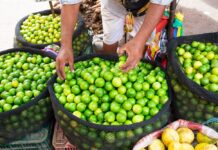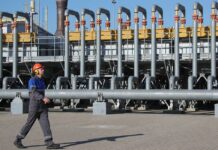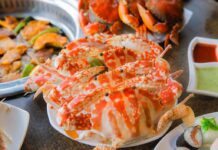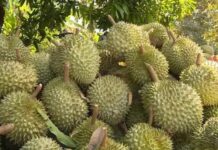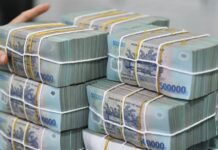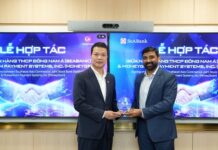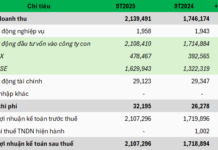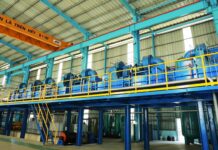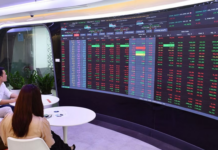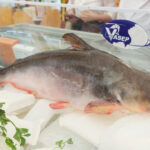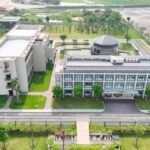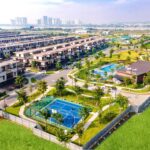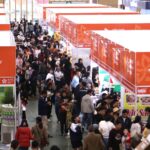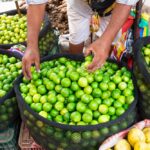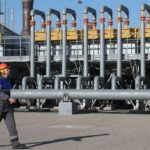At the Conference on Summarizing Crop Production in 2025, the plan for the 2025-2026 Dong-Xuan crop production in the Southern provinces was deployed in Dong Thap on September 9, organized by the Ministry of Agriculture and Environment (MAE).
Mr. Nguyen Quoc Manh, Deputy Director of the Department of Crop Production and Plant Protection, MAE, said that in the first eight months of this year, Vietnam exported nearly 5.9 million tons of rice, worth US$3 billion (up nearly 3% in volume compared to the same period last year). Vietnam’s rice exports in the past five years have seen stable growth in both volume and value, peaking in 2024 with exports of over 9 million tons of rice, bringing in US$5.6 billion – the highest ever.
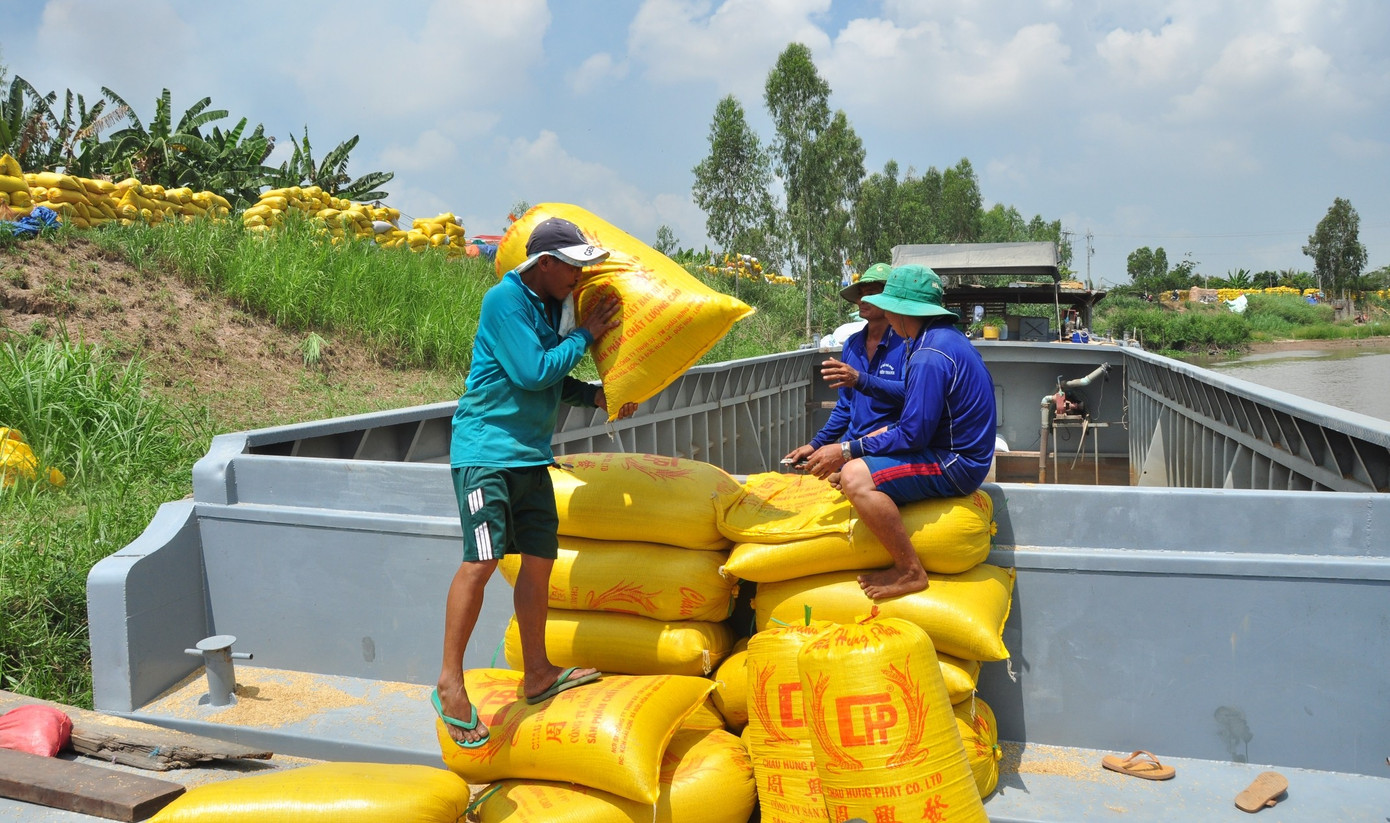
Rice harvest in Dong Thap. Photo: Hoa Hoi.
Despite impressive export results, according to the Vietnam Food Association (VFA), rice exporters are facing difficulties. Especially, rice export enterprises find it challenging to access credit, especially unsecured loans, and the borrowing limit is low. This significantly affects the progress of purchasing rice from farmers, especially during the main harvest season.
VFA assesses that traders (middlemen) still play an important role in the rice supply chain. They are experienced in purchasing paddy, have knowledge about the seasons, possess transportation means, and can closely follow the source of raw materials. It is challenging for export enterprises to replace the role of traders due to limited human resources and finances.
Also, according to VFA, many countries are currently focusing on environmental protection and reducing greenhouse gas emissions, and Vietnam’s low-carbon rice exports are attracting attention (Project of 1 million ha of high-quality, low-emission rice). However, the scale of rice production under this project is still small, in the pilot stage, and has not yet formed a synchronous chain. There is also a lack of clear support mechanisms for enterprises and farmers growing rice under this model.
To develop the potential for exporting low-carbon rice, VFA noted that coordination is needed between agricultural agencies, local authorities, and farmers, along with promotional programs to promote the brand in the world market.

Vice Minister of MAE Hoang Trung (middle) speaking at the conference.
Vice Minister of MEA, Hoang Trung, said that while rice production results this year maintained the level of the previous year, there are still some limitations, such as high seed usage, uncoordinated management of growing area codes and packaging facilities, loose value chain linkages, and confusion in some localities after mergers.
Moving forward, Mr. Hoang Trung proposed that localities and relevant units regularly monitor water quality, forecast salinity, and provide timely advice to farmers. In addition, units should strengthen inspection and supervision of seed, fertilizer, and pesticide quality and support localities to expand the rice area under the Project of 1 million ha of high-quality, low-emission rice.
Captivating Global Audiences with Billion-Dollar Fish Exports: Are We Neglecting the Domestic Market?
The seafood export industry, including the tra fish sector, boasts an annual revenue of billions of USD. While maintaining its strong export focus, the industry is now also strategically targeting the domestic market, aiming to win over Vietnamese consumers and build a solid foundation for sustainable global expansion.
“Unveiling Vietnam’s First-Ever, In-House Developed Robots: A Hydro-Electric Power Plant’s Dynamic Duo”
In 2021, the journey of crafting this remarkable robot commenced. A year was dedicated to meticulous planning, innovative solution designs, and invaluable expert consultations to bring this vision to life.
The Billionaire’s Clean Project Hunt
“Savvy investors know that when it comes to choosing a project, it’s all about legal peace of mind. The majority of discerning investors will prioritize projects that have their legal ducks in a row, or are at the very least, a hair’s breadth away from completion. This provides an assurance that their investment is secure and that the project is legitimate and compliant with all necessary regulations.”
“Biometric Technology Slashes Bank Fraud by 60%”
The State Bank of Vietnam reported that as of August 15th, the banking industry had acquired nearly 124 million individual customer records and 1.3 million organizational customer records for entry and biometric data verification. This initiative has proven successful, resulting in a nearly 60% reduction in the number of customers falling victim to fraud and subsequent financial loss.


